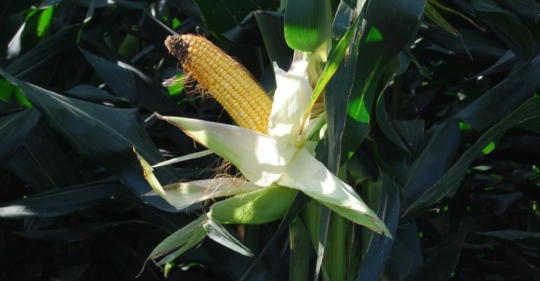Explore our blog featuring articles about farming and irrigation tips and tricks!
High Tech Bringing Better Seed

By: Rod Swoboda
Seed companies continue to strive for year-over-year yield improvement in new corn and soybean varieties. In research and development, companies continue to invest time, money and other resources to bring forth the best varieties for farmers to plant.
The process has come a long way since Henry A. Wallace began crossing inbred lines, pollinating by hand, and developing the first corn hybrids in the 1920s in a field north of Des Moines, Iowa.
With that simple start, he founded the Hi-Bred Corn Co. in 1926, which he renamed Pioneer Hi-Bred a few years later. For the 2020 planting season, Pioneer is introducing 89 new corn and soybean products for the North American market.
“Those 89 new products — 45 corn hybrids and 44 soybean varieties — represent less than 1 in 10,000 of the actual potential products we test every year to determine which ones are worthy of moving forward to be grown on our customers’ farms,” says Brent Wilson, Pioneer product line and agronomy lead for Corteva Agriscience. “It’s a very extensive process.”
Using ‘Moneyball’ genetic tools
In other words, just one out of 10,000 tested hybrids or varieties makes it to market. “While 99.99% of the genetics we tested and researched didn’t make it to market, we know that the products that are commercialized represent the strongest genetics,” says Judd O’Connor, president of U.S. commercial business for Corteva Agriscience. “Thanks to improved technology, the sophisticated selection process we use today is getting faster.”
Stay up to date on all T-L news and get alerts on special pricing!


